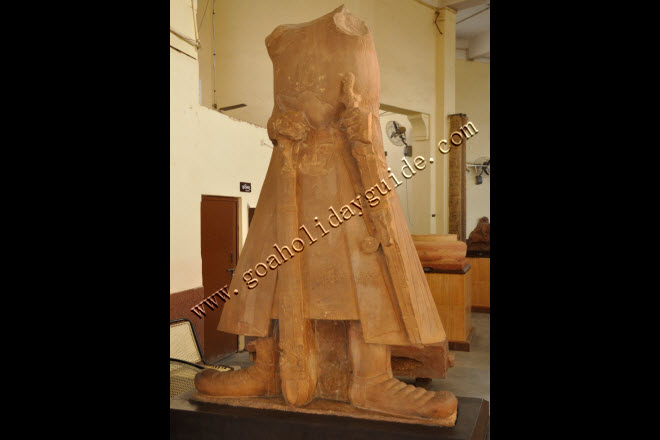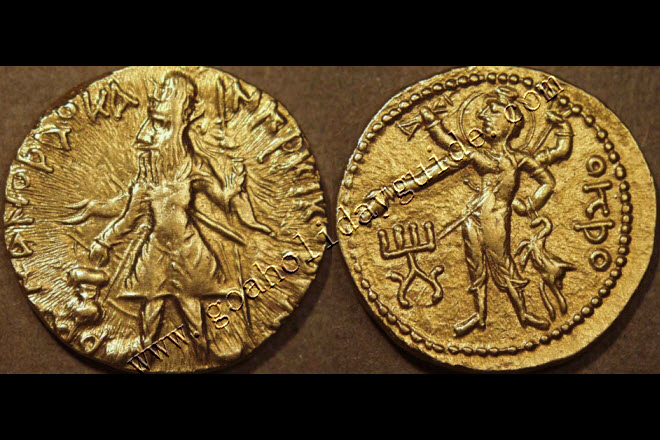Goa Under The Satavahana Empire
Rise Of Satavahanas
The Satavahana dynasty began as vassals of the Mauryan Empire, but declared independence later. They ruled Goa through their vassals, the Chutus of Karwar. They were an established maritime power with contacts with the Roman empire,and had develops coast
The Satavahana dynasty which ruled supreme over the deccan and south of Indian surinhg the 2nd century A.D., held sway over Goa through their feudatories, the Bhojas, who had matrimoial relations with their overlords. The Satavahanas began as vassals of the Mauryan empire but then declared independance as the Mauyran empire declined. Maharashtri prakrit was the Satavahana language of administration, which is said to have influenced medieval Konkani to a great extent.
Krishna Satakarni, the brother of the Satavahana founder then annexed the Konkan territories of the Bhojas of Chandrapur, present day Chandor. Remains found in Chandor around its old fortress walls, of old bricks, shards od pottery of rind shaped forms and bowls of a nature similar to the ones found in Kolhapur and tiny nuggets of gold panned from the rivulet nearby during the monsoons and the particular types of tiels found there attest to this probability.
The Satavahans were an established maritime power and contacts with the Roman Empire were established due to the coastal trade from Sindh to Saurastra and Bhadoch to Sopara where Greek and Goan Ships woudl halt during voyages. This is attested by Roman amphora, pieces of glass and coins, housed at the museum at Pilar. After the fall of the Satavahanas in the 4th century A.D., the sea borne trade on the western coast of India suffered a decline. Many Greek converts to Buddhism settled in Goa during this period. Buddha statues in Greek styles have been found in Goa.
In the year 150 A.D., Vashishtiputra Satakarni of the Satavahanas was defeated by his son-in-law, the Kshatrapa King Rudradaman I who established his rule over Goa. This dynasty ruled Goa until 249 A.D. Thereafter the dynasty's power seems to have been weakened by their generals, the Abhiras. Thus the Satavahana dynasty was replaced by the Kshatrapas and the Abhiras. The Bhojas also took advantage and fortified themselves after the end of Satavahana Empire and soon declared independence.

